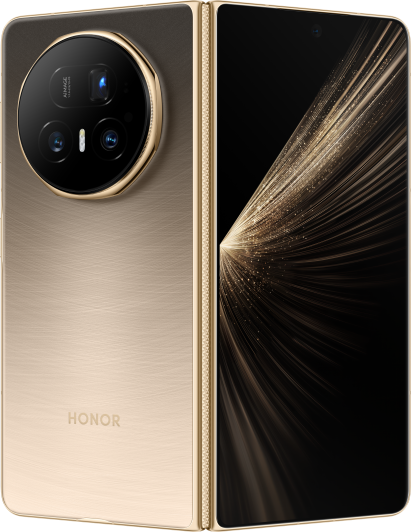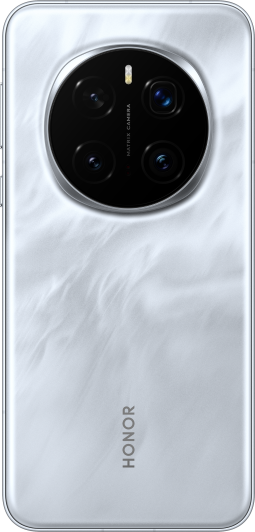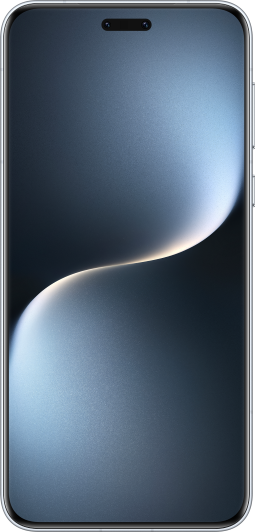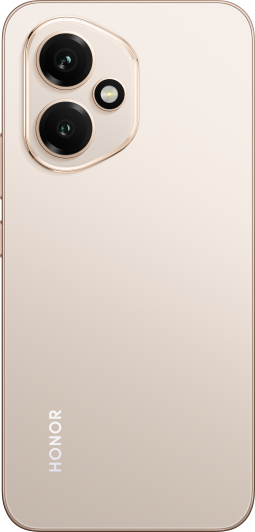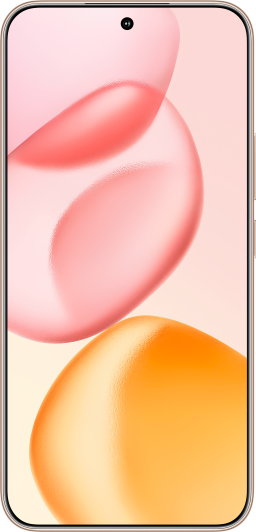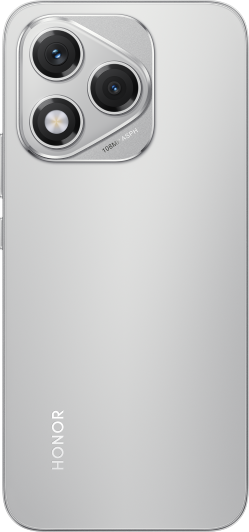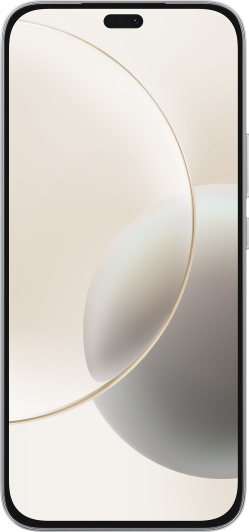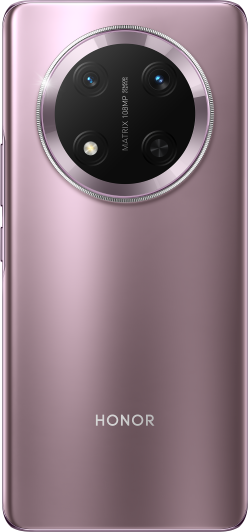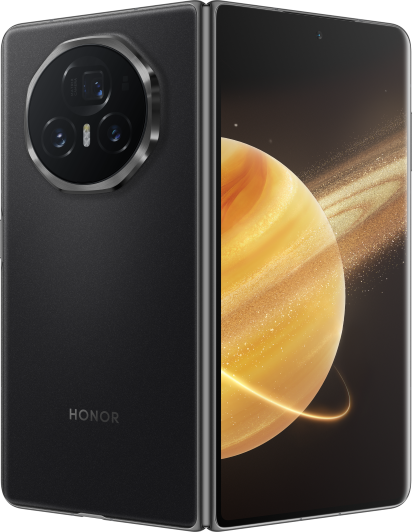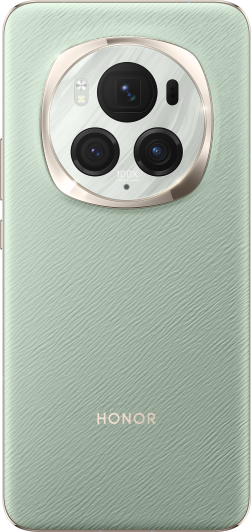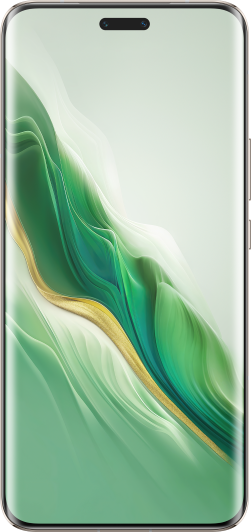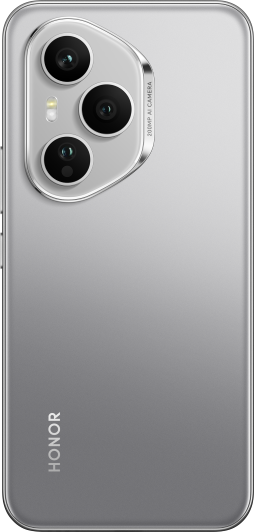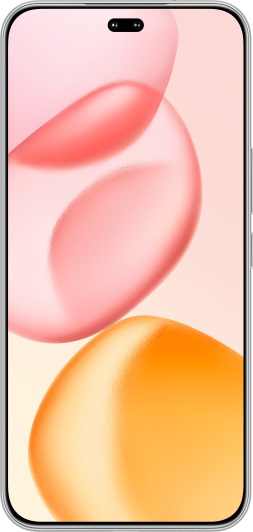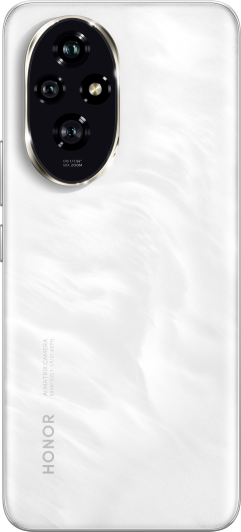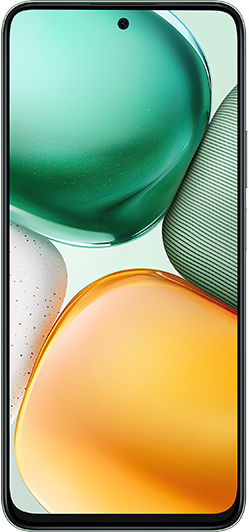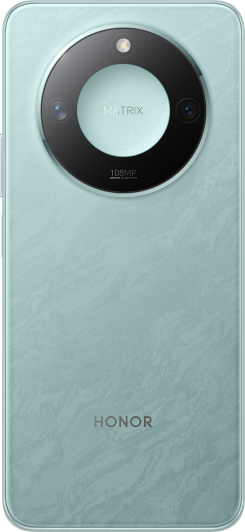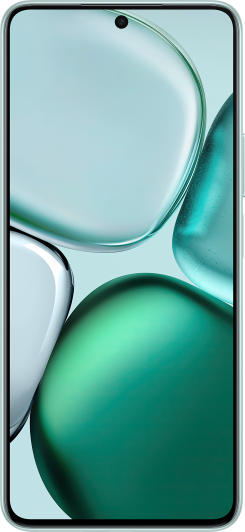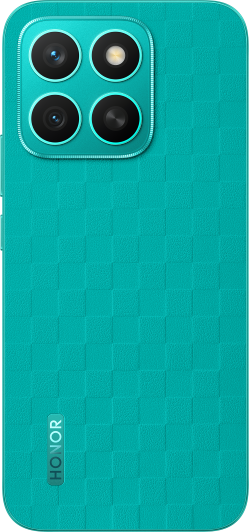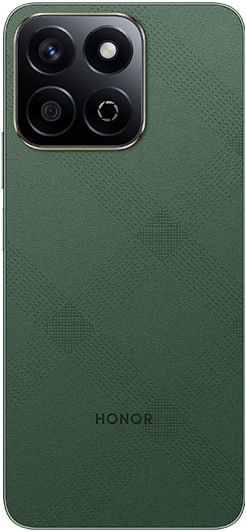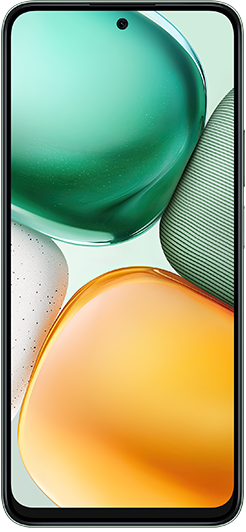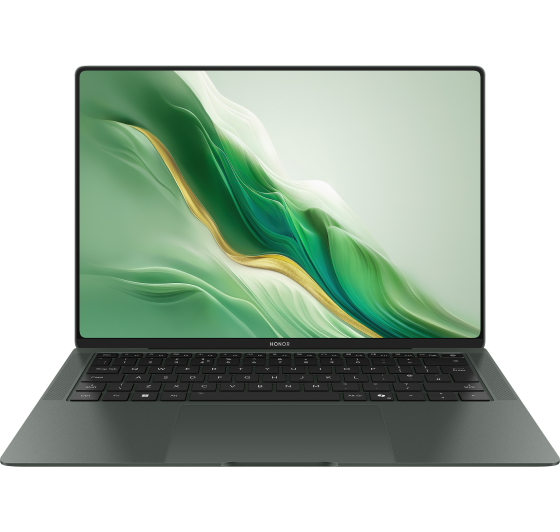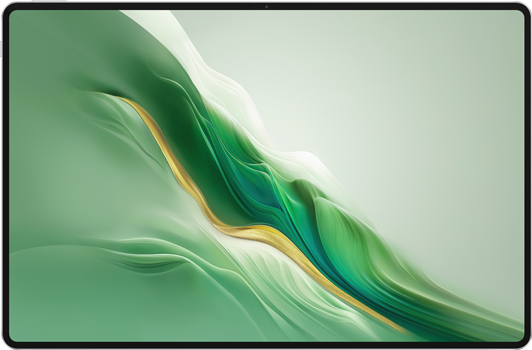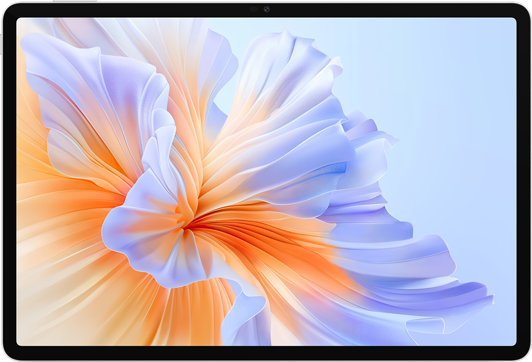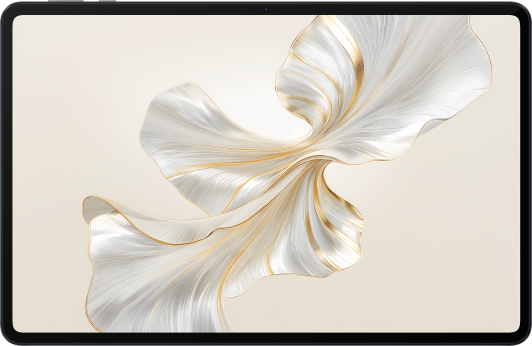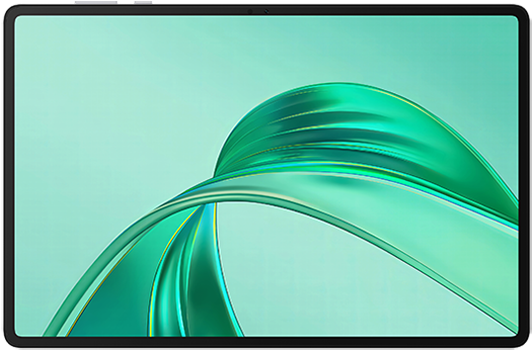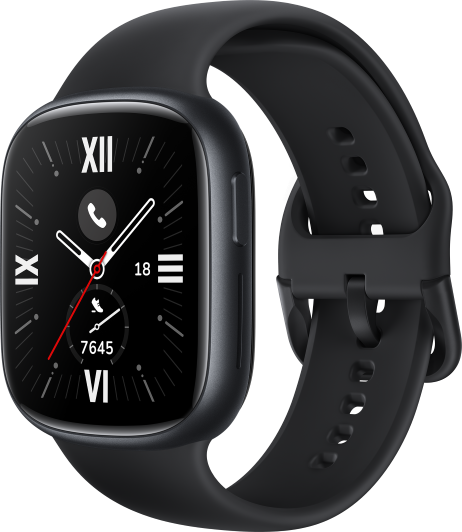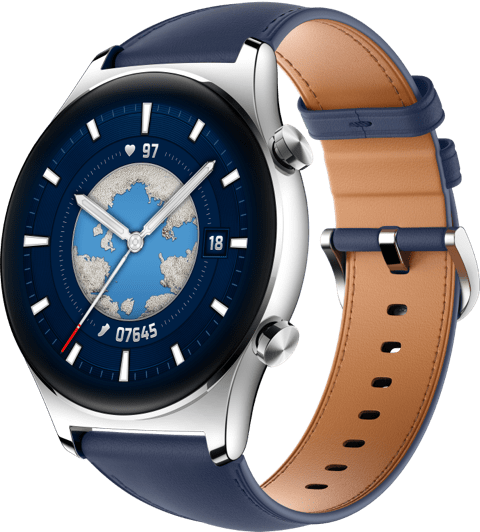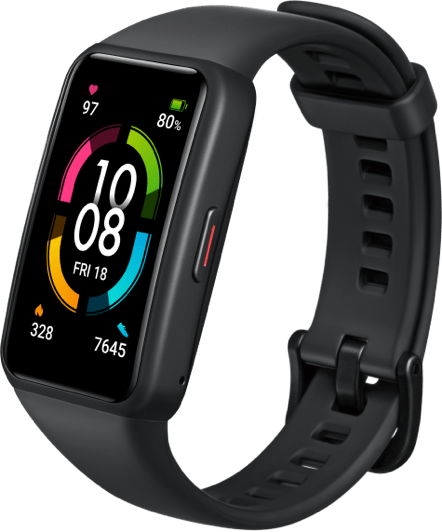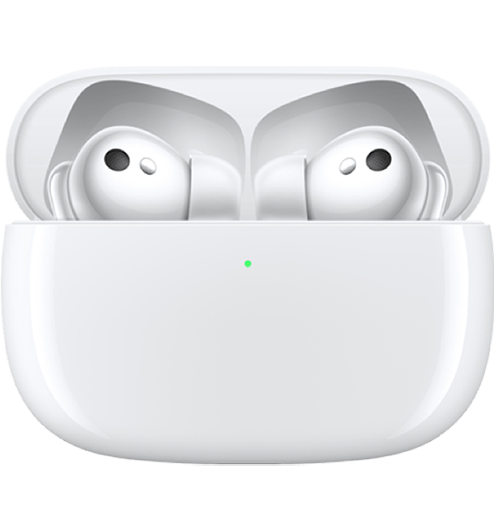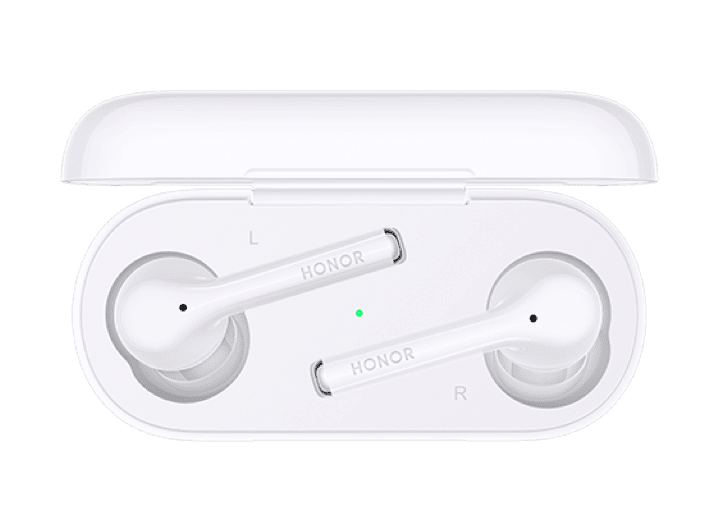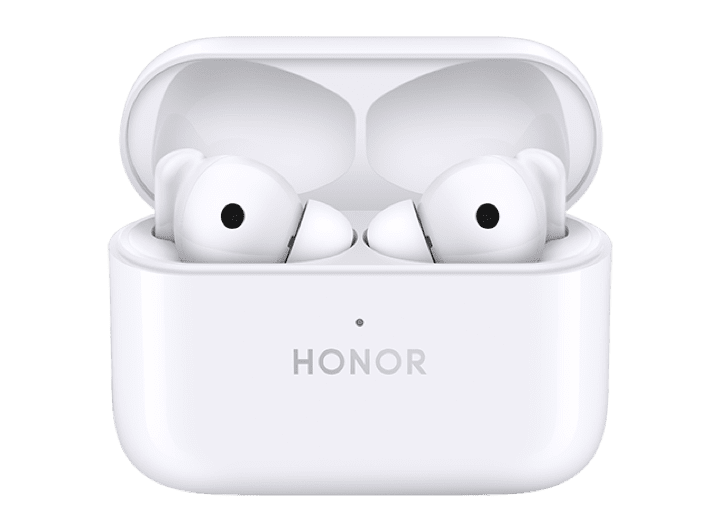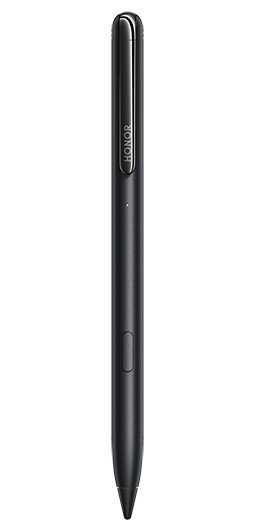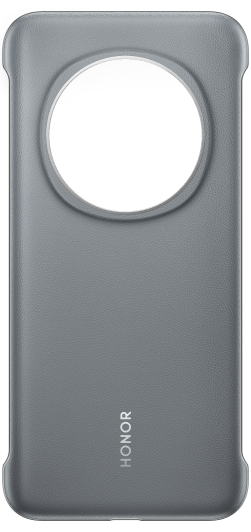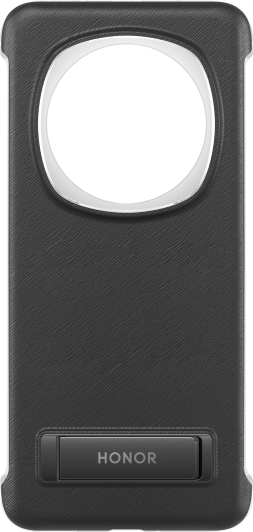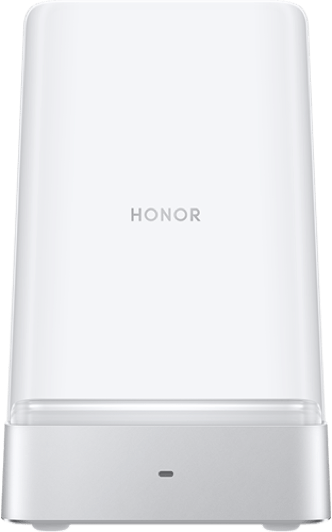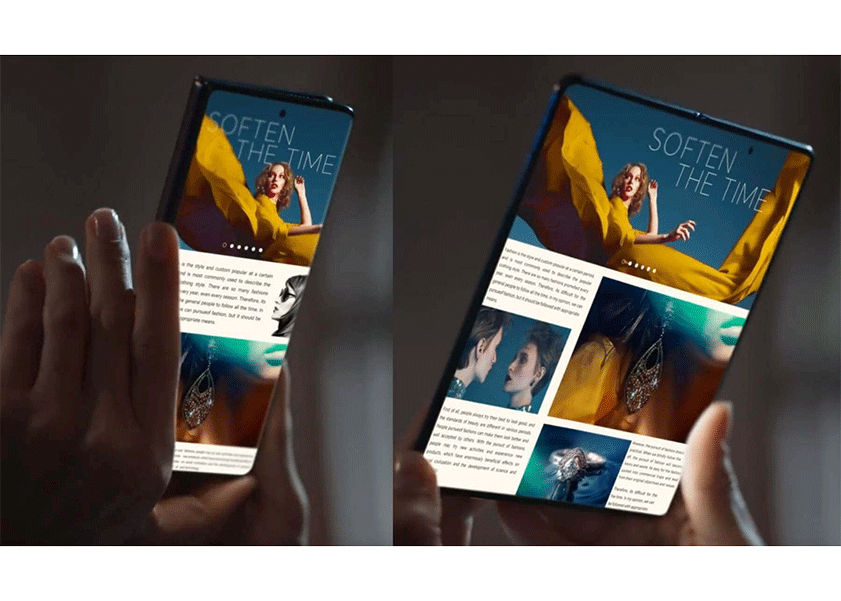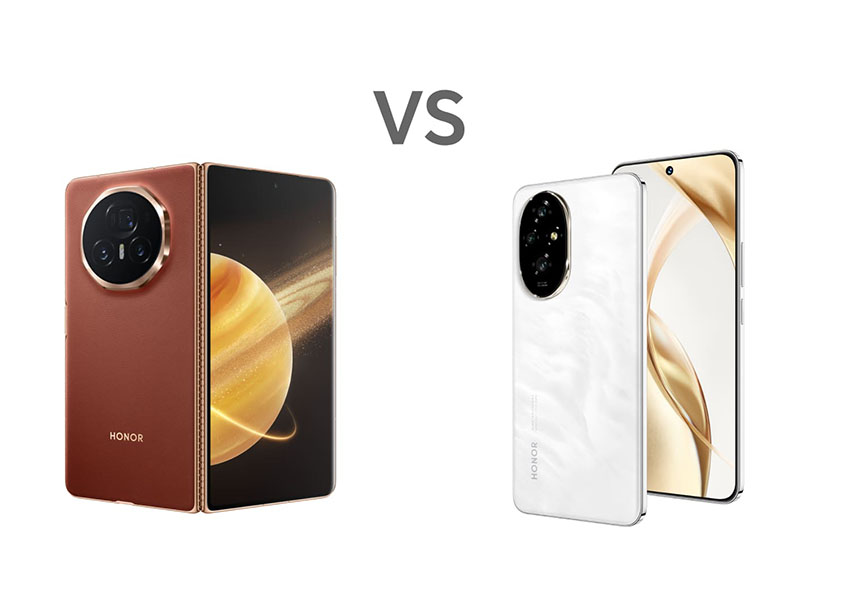TOP

我的荣耀 开启荣耀之旅
To log in to your account, you must first agree to the HONOR PLATFORM TERMS OF USE and HONOR Platform Privacy Statement . If you do not agree, you may only browse the site as a guest.
*You can unsubscribe at any time, Please see our Privacy Statement for details.

How to Measure Phone Screen Size: Pick the Right Display
Table of Contents
・What Does Phone Screen Size Mean?
・How to Measure Phone Display Size
・What Are Common Phone Screen Sizes?
・Beyond Inches: What Affects Your Screen Experience
・How to Choose the Right Phone Screen for You
・Conclusion
・FAQs
So, you’re checking out a new phone and see “6.7-inch display” on the specs. But what does that actually mean? And how do you know if that screen will feel comfortable in your hand, your pocket, and your day-to-day life?
In this guide, we’ll show you exactly how to measure phone screen size, break down what those specs actually mean, and help you figure out which size is perfect for you. Whether you’re a one-handed scroller or a binge-watcher, you’ll walk away knowing exactly what to look for.
What Does Phone Screen Size Mean?
Let’s dive into the basics before we grab our ruler. When people talk about phone screen size, they’re referring to the diagonal length of the active display, expressed in inches. This convention dates back to CRT TVs; the diagonal gave manufacturers the biggest-sounding single number.
So, how are phone screens measured? Well, they’re measured from one corner of the screen to the opposite corner. This doesn’t include the bezels or rounded corners, just the part of the screen that lights up.
But here’s the thing: that diagonal number doesn’t tell the whole story. Two phones with the same screen size can feel very different in your hand. Why? Because factors like aspect ratio, bezels, and screen shape all influence how much usable space you actually get. We’ll dive into these later.
How to Measure Phone Display Size
So, how do you measure phone screen size yourself? It’s pretty simple, and you can confirm a spec sheet in under a minute. Just follow these steps:
1. Identify the active area: Power on the phone. The active display area is clearly defined by where the pixels stop glowing.
2. Pick opposite corners: Visually identify the very bottom-left corner of the display (not the phone body) and the very top-right corner. Bottom-right to top-left works too.
3. Measure diagonally: Using a flexible tape measure or a ruler, place the end at the exact point of your chosen bottom corner. Stretch it diagonally across the screen in a straight line to the exact opposite top corner.
4. Read the measurement: Note the length in inches where your ruler meets the top corner. That’s your screen size.
What Are Common Phone Screen Sizes?
Now that you know how to measure size of phone screen, let’s put those diagonal inches into context. Over the past decade, smartphone screen sizes have trended upward. Most modern smartphones now fall within a fairly narrow range of sizes:
● Small (up to 6.2 inches): Compact and easy to use one-handed. Fits comfortably in your pocket but feels cramped for videos, gaming, and multitasking.
● Medium (6.3–6.5 inches): A good balance between portability and screen space. Still pocket-friendly but harder to control with one hand.
● Large (6.6–6.8 inches): Great for streaming and gaming with more immersive visuals. Less comfortable for smaller hands and tight pockets.
● Very Large “Phablet” (over 6.9 inches): Perfect for multitasking, split-screen apps, and entertainment. Can feel bulky to carry and awkward to use one-handed.
Foldable phones bring new size categories into the mix:
● Flip/clamshell foldables give you the portability of a small device when closed, with a full-sized internal screen (around 6.7–6.9 inches) when unfolded. The outer cover screen is smaller (<4 inches), designed for quick notifications and simple tasks.
● Book-style foldables unfold to reveal tablet-sized screens measuring 7.6–8 inches diagonally, while their outer screens function like a regular smartphone, usually 6.2–6.4 inches in size.
Beyond Inches: What Affects Your Screen Experience
A phone’s screen size is just one part of the story. Two phones with the same diagonal measurement can feel and perform very differently because of other factors like resolution, pixel density, aspect ratio, and how much of the front is actually screen.
Let’s take a closer look at these specs:
Screen Resolution
Screen resolution refers to the number of pixels arranged across the width and height of your display (for example, 2400 × 1080 pixels). It determines how much detail the screen can show.
Higher resolution displays render text crisper, make photos look more lifelike, and reveal finer details in games and videos. However, they also require more processing power and can drain the battery faster.
Most modern phones have moved beyond basic Full HD (1920 × 1080) to taller Full HD+ variants between 1080p and 1440p source lines, especially in OLED panels.
PPI (Pixels Per Inch)
Pixel density, or PPI, measures how tightly packed those pixels are across every inch of your screen. It’s calculated using both resolution and screen size. A higher PPI means sharper images and smoother text, especially when you’re holding the phone close.
Anything above 300 PPI is generally sharp enough that your eyes won’t notice individual pixels at normal viewing distances. Flagship models often have PPI values exceeding 400, with some reaching 500.
Aspect Ratio
Aspect ratio is the proportion between a screen’s width and height, such as 20:9 or 18:9. It changes how content fits on the display.
Taller aspect ratios like 19.5:9 and 20:9 have become standard because they allow for bigger screens in slimmer, easier-to-hold bodies. They’re great for scrolling through feeds and fitting more text on the screen. Wider ratios, on the other hand, can feel more spacious for split-screen apps and watching videos without black bars.
Screen-to-Body Ratio
Screen-to-body ratio tells you how much of the phone’s front is taken up by the display. A higher percentage means thinner bezels and a more immersive look, even if the phone itself stays compact.
A device with a 90% screen-to-body ratio will feel smaller and sleeker than one with thicker borders, even if both have the same diagonal size. Foldable phones also use clever hinge and camera placements to maximize this ratio.
How to Choose the Right Phone Screen for You
Choosing the right screen size and specs isn’t just about what looks good on paper—it’s about what fits your hand, your eyes, and your daily routine. Here’s what to consider:
● Think about how you use your phone. If you mostly scroll through social media or text, a Full HD+ screen with a moderate size (6.2~6.5”) is plenty. For editing photos or reading fine print, look for higher resolution and pixel density to keep things sharp.
● Test one-handed reach. Phones larger than 6.3 inches can be a bit tough to control with one hand, especially if you’re multitasking on the go. Flip-style foldables are a great way to get a big screen that folds down small.
● Consider aspect ratio. A taller 20:9 screen shows more chat messages but can feel narrow for split-screen work; wider 18:9 panels give extra width for keyboard typing. Pick the shape that matches your apps and grip.
● Pay attention to bezels. A 6.6” phone with a 90% screen-to-body ratio feels smaller than a 6.4” phone with chunky borders. Compare the claimed ratio and where the selfie camera sits before deciding.
● Balance sharpness and battery life. Higher resolutions and refresh rates drain power faster. If runtime matters more than pixel-perfect detail, stick with Full HD+ and moderate refresh to extend battery life.
● Check outdoor visibility. A bright display (high nits) makes a bigger difference in sunlight than ultra-high resolution does.
● Test in‑hand & in‑person. Specs tell one story, but handling a demo unit tells another. Visit a retailer if you can, and see which size feels best.
Conclusion
Now you’ve got more than just screen size numbers; you’ve got context. You know how to measure phone screen size, what those diagonal inches actually mean, and how things like resolution, PPI, and aspect ratio impact your everyday use.
Whether you’re into one-handed scrolling or full-screen gaming, the right screen size should fit your hands, your habits, and your eyes. So, skip the guesswork and pick a phone that feels just right!
FAQs
How do I know the screen size of my phone?
To determine your phone’s screen size, measure the diagonal distance from one corner of the display to the opposite corner using a ruler or tape measure. This measurement, typically in inches, represents the screen size. Ensure you’re measuring only the active display area, excluding any surrounding bezels or frames. Alternatively, you can check your device’s specifications online or in the user manual, where the screen size is usually listed.
Is 6.7 inches big for a phone?
Yes, a 6.7-inch screen is considered large for a smartphone. It offers a spacious display that’s great for watching videos, gaming, or multitasking. However, it might feel bulky for one-handed use or if you prefer a more pocket-friendly device. Phones with this screen size are often favoured by users who prioritize screen real estate over compact design.
How to calculate screen size?
To calculate screen size, measure the diagonal length of the viewable display—from one corner (like top-left) to the opposite (bottom-right), skipping any bezels. This diagonal measurement, usually in inches, gives you the screen size. You can use a ruler or tape measure, or check your device’s specs online for the exact number. This method works for phones, tablets, laptops, and TVs alike.
Should I include the bezel or just the lit area?
If you’re wondering, how do you measure a phone screen size, then only include the lit display area. Don’t count the bezel or frame around it. Screen size is measured diagonally from one corner of the active screen to the opposite corner, and it’s usually given by the manufacturers in inches. Including the bezel would give an inaccurate measurement, so stick to just the part that lights up.
Source: HONOR Club

Subscribe For Updates - Special Offers And More.
By providing your email address, you consent to receive the latest offers and information on Honor products, events and services through email or advertisement on third-party platforms. You can unsubscribe anytime according to Chapter 5 of HONOR Platform Privacy Statement.
Consumer hotline
80004444408 Monday to Sunday,9:00am-9:00pm
ae.support@honor.com
Copyright © HONOR 2017-2025.All rights reserved.
We use cookies and similar technologies to make our website work efficiently, as well as to analyze our website traffic and for advertising purposes.
By clicking on "Accept all cookies" you allow the storage of cookies on your device. For more information, take a look at our Cookie Policy.
Functional cookies are used to improve functionality and personalization, such as when playing videos or during live chats.
Analytical cookies provide information on how this site is used. This improves the user experience. The data collected is aggregated and made anonymous.
Advertising cookies provide information about user interactions with HONOR content. This helps us better understand the effectiveness of the content of our emails and our website.
